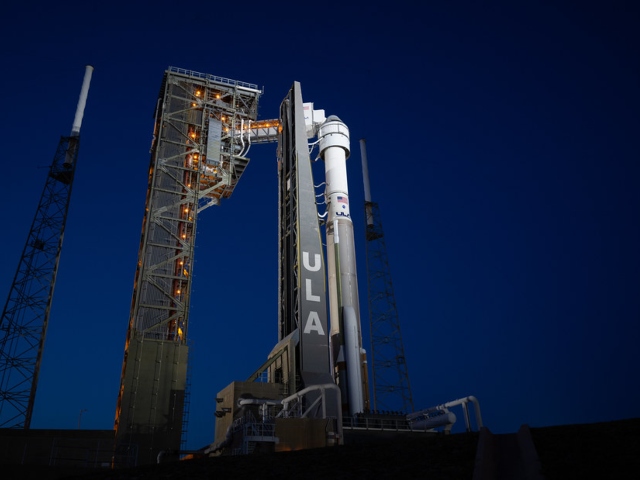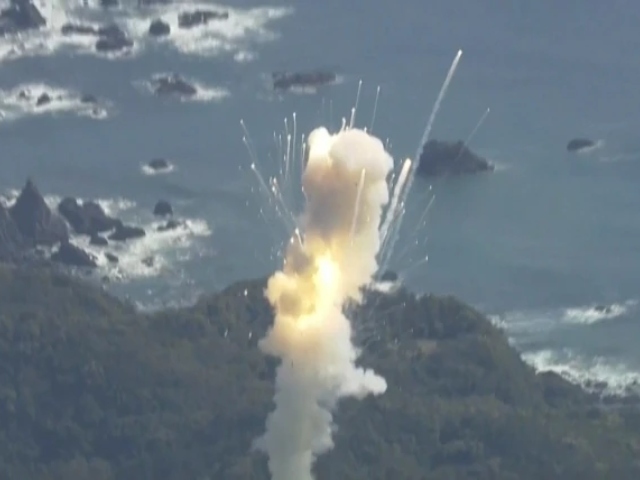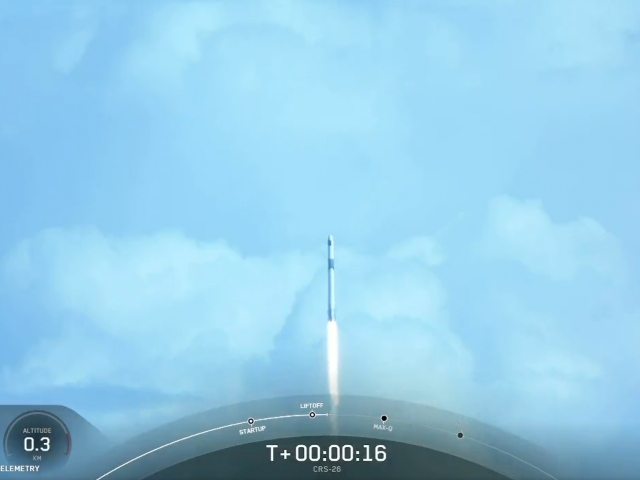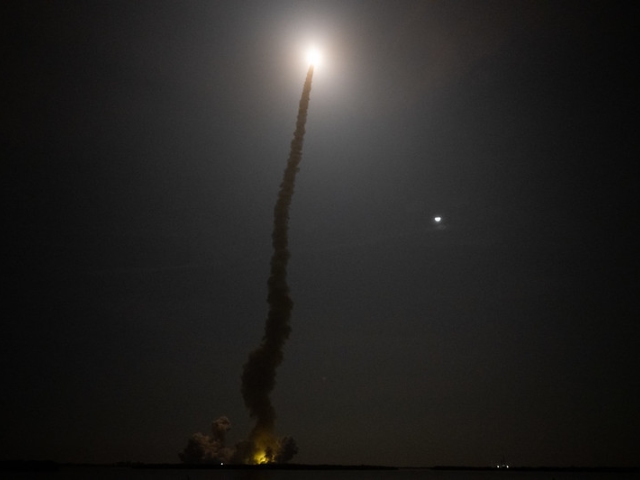
-
rocket launch
-
Chinese Rocket Crashes After ‘Accidental’ Launch, Sending Locals Scurrying [Video]
01 Jul 2024 by Tayla / No Comments
On Sunday, a privately owned Chinese space rocket met a fiery demise near a bustling city.
-
Maiden Human Test Flight Of Boeing’s Starliner Spacecraft Set For Tomorrow
31 May 2024 by Heinrich / No Comments
The mission follows a series of delays, including a scrubbed launch attempt on May 6 due to a “buzzing” valve aboard the Atlas V rocket and a subsequent helium leak in the Starliner spacecraft.
-
Watch The Space One Rocket Explode After Launching In Japan [Video]
14 Mar 2024 by Tayla / No Comments
The plan had been for Kairos – an ancient Greek word meaning “the right moment” – to put the satellite into orbit about 51 minutes after take-off.
-
Ashes Of Star Trek Cast To Float Around Space Forever After Botched Moon Mission
11 Jan 2024 by Heinrich / No Comments
The giant rocket launched into space on the 8th of January and was headed towards the moon, but the mission unravelled very quickly and it has now been declared a huge failure.
-
Europe Blasts Off For Jupiter’s Icy Moons In Search Of Life [Video]
17 Apr 2023 by Heinrich / No Comments
Callisto, Ganymede, and Europa are thought to retain vast reservoirs of liquid water under their icy crusts.
-
Incredible Bird’s-Eye View Of The Falcon 9 Rocket Launch [Videos]
29 Nov 2022 by Tayla / No Comments
The man who managed to see SpaceX’s Falcon 9 rocket lift off from his seat on a United Airlines flight said it totally topped any in-flight-entertainment.
-
Highlights From NASA’s Launch Of The Most Powerful Rocket Ever [Videos]
17 Nov 2022 by Tayla / No Comments
The SLS lifted off from Kennedy Space Centre early Wednesday morning and sent the Orion spacecraft on a 25-day journey to the Moon and back.
-
Helicopter Catches Rocket Mid-Air [Video]
03 May 2022 by Tayla / No Comments
This space company planned to retrieve a rocket booster in mid-air with a helicopter for the first time ever, which they successfully managed, somewhat.
-
New Rocket Launch Record Set Outside Of Cape Town [Videos]
10 Mar 2021 by Carrie / No Comments
UKZN’s Aerospace Systems Research Group successfully launched a hybrid sounding rocket just shy of 18 kilometres into Earth’s atmosphere, setting a new African record.
-
SpaceX Landing Doesn’t Go Well – Explodes [Video]
10 Dec 2020 by Carrie / No Comments
We can all be relieved that Elon Musk’s Starship SN8 prototype wasn’t manned when it plummeted back to Earth.
-
Here’s What NASA’s Perseverance Rover Is Looking For On Mars [Videos]
30 Jul 2020 by Carrie / No Comments
The Perseverance Rover is loaded up on Atlas 5 and ready to lift off from Florida’s Cape Canaveral. Destination: Mars.
-
Pretty Wild – Watch US Astronauts Cruise Into Space Station With Floating Greetings [Videos]
01 Jun 2020 by Carrie / No Comments
This past weekend, for the first time in history, a commercial aerospace company carried humans into Earth’s orbit.
-
Very Cool: SA Team Breaks Record With Karoo Rocket Launch [Video]
03 Sep 2019 by Jasmine Stone / No Comments
A rocket, made entirely from South African parts (including a curtain rail and toaster parts), has broken the African amateur rocket altitude record.
-
SA’s Own Rocket Launch Mission Ends With A Massive Bang [Video]
19 Feb 2019 by Jasmine Stone / No Comments
A team of students from the University of the KwaZulu Natal attempted their first “home-grown research rocket” launch yesterday. It didn’t go to plan.
-
Watching A Rocket Launch From Space Is Pretty Awesome [Videos]
21 Jul 2017 by Sloane Hunter / No Comments
A satellite firm used their resources to capture a rocket launch from space, a perspective we’re not often treated to. Turns out it’s worth all the effort.
-
A Frog Photobombed The NASA Rocket Launch [PIC]
13 Sep 2013 by Jasmine Stone / No Comments
On 6 September, NASA’s rocket Lunar Atmosphere and Dust Environment Explorer (LADEE) took off from Wallops Flight Facility in Virginia. At the same time, a frog took one giant leap for amphibiankind and photobombed the whole thing. Take that, rocket ship.
-








































